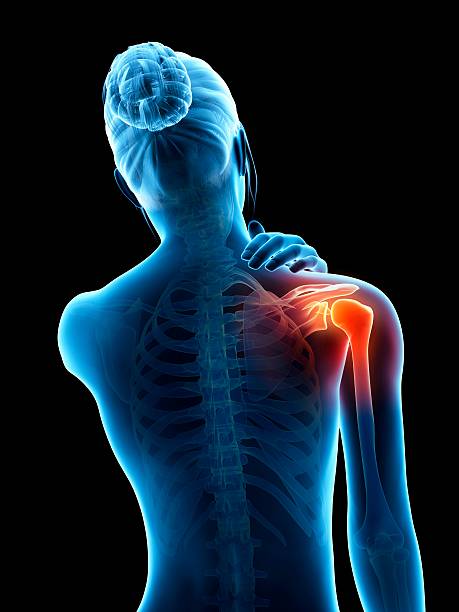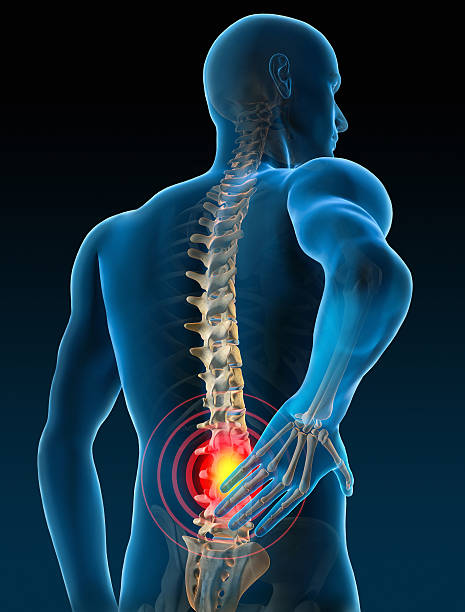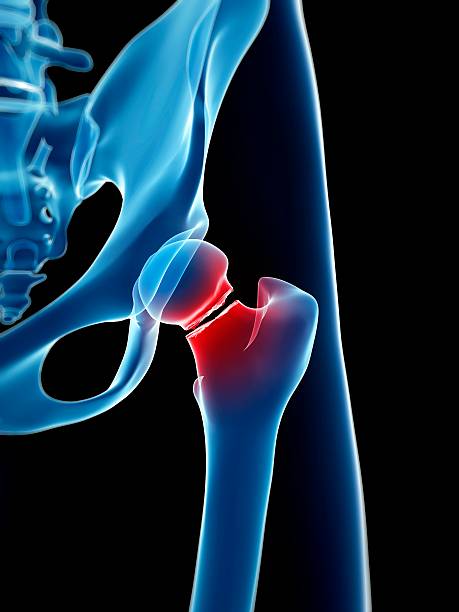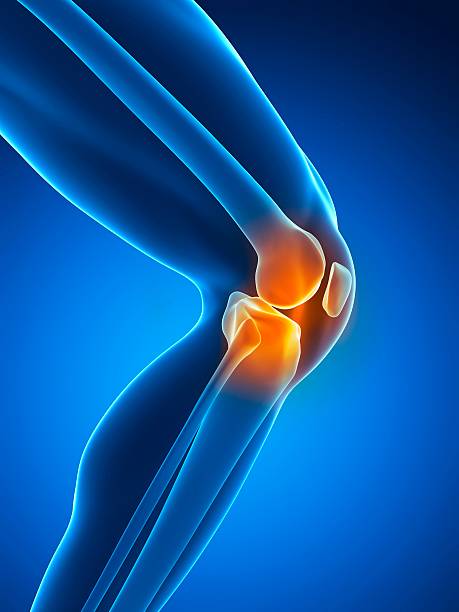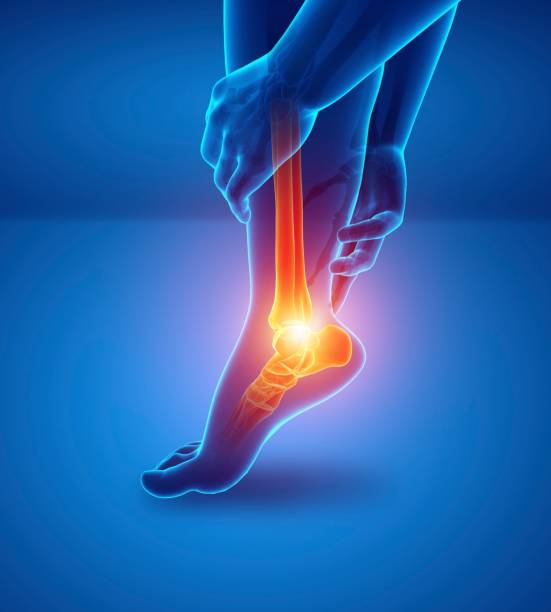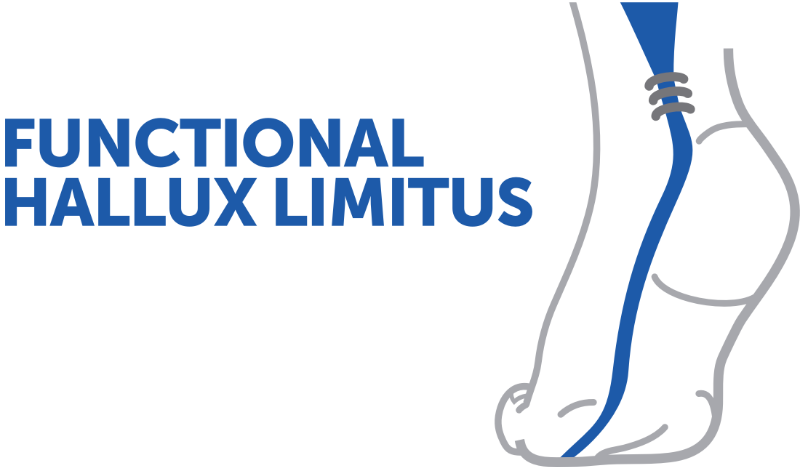Testimony of a sports police officer after PTH
A powerful and personal account from a former top athlete and police officer who underwent total hip replacement surgery at the age of 34. He recounts his journey, the pain, the rehabilitation, and the lessons learned from this unique experience.
Speaker
Topics
Treatments
Advice
- Glen Monnard
- Personal journey
- Pain and deterioration
- Operation decision
- Surgery
- Rehabilitation
- Custom-made total hip replacement
- Preoperative preparation
- Progressive rehabilitation
- Importance of follow-up
- Personal decision making
Information
Video type:
Anatomy:
Before the operation: understanding the switch
In some young, athletic patients, hip pain sets in over a few years and gradually reduces mobility, work, and family life. The decision to have a prosthesis often comes when the pain curve intersects with the mobility curve: quality of life changes. The preoperative process benefits from being structured: clear information, targeted physical preparation, and anticipation of practical steps (aids, environment, travel).
Prepare as if for a competition
Preparation ("prehabilitation") improves recovery: gentle mobility, strengthening the glutes and core, learning technical aids. The goal is to arrive in the operating room in the best possible condition. It is helpful to explain the immediate experience: initial postoperative pain, fatigue, and emotional fluctuations. Putting these stages into words helps you get through them without unnecessary fear.
The operation isn't a walk in the park. But it's worth it.
Milestones of rehabilitation
For the first few weeks, walking is done with two canes, three times 15 minutes a day, and aquatic mobility helps loosen the joint. Around 4–5 weeks, one cane is sufficient; at 6–8 weeks, walking without a cane becomes possible. Around 3–4 months, natural walking reappears, and cycling and swimming resume. Between 6 and 9 months, explosiveness gradually returns. The benchmarks are individualized and guided by pain and function.
Return to an active life, differently
The goal isn't to return to competitive sports at any cost, but to a sustainable active lifestyle: walking, playing with your children, working without fear. Impact and contact sports require consideration of personal risk/benefit. Priority is given to implant longevity and daily quality of life.
The patient is the only person who knows his medical records.
Positive time markers
Simple milestones help maintain confidence: pain disappears at 6 months in the majority of cases, then the prosthesis is gradually "forgotten" in daily life around 8 months. This trajectory remains personal: it depends on the initial state, adherence to the program and the activity resumed.
Concluding message
THA in young patients can be experienced as a recovery: it restores mobility and autonomy. Success depends on an informed decision, serious preparation, and patient progress. Performance comes after sustainability.
Pathologies treated at the center
Hallux Limitus
Functional
Your pain has a cause.The balance sheet allows us to understand it.
- Gait analysis
- Posture Assessment
- Guidance on the right treatment
- Study of plantar supports and supports
- Detection of compensations
- Pain–movement correlation
The functional assessment allows us to understand how a joint or postural imbalance can trigger or perpetuate pain. Very often, imaging is normal, but movement is disturbed. By analyzing gait, weight-bearing patterns, or posture, we identify the weak links in the chain and guide targeted treatment adapted to the patient's actual mechanics.


